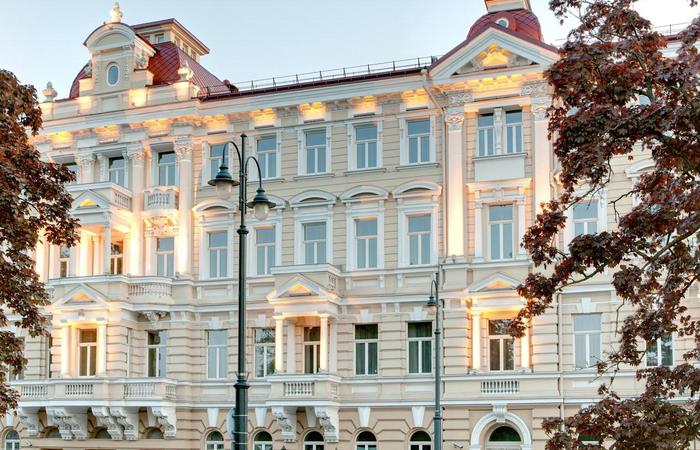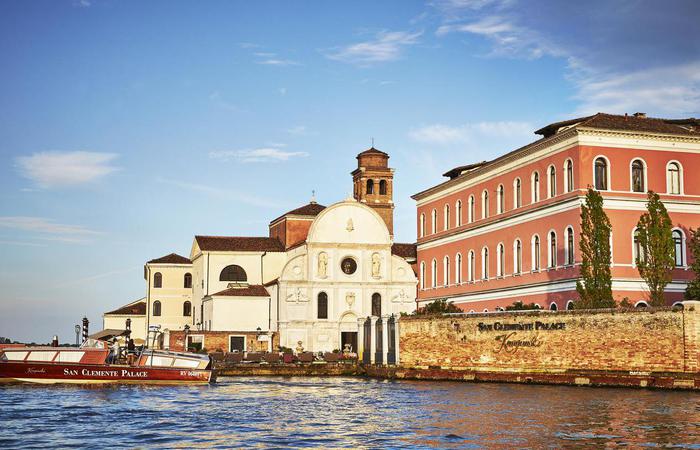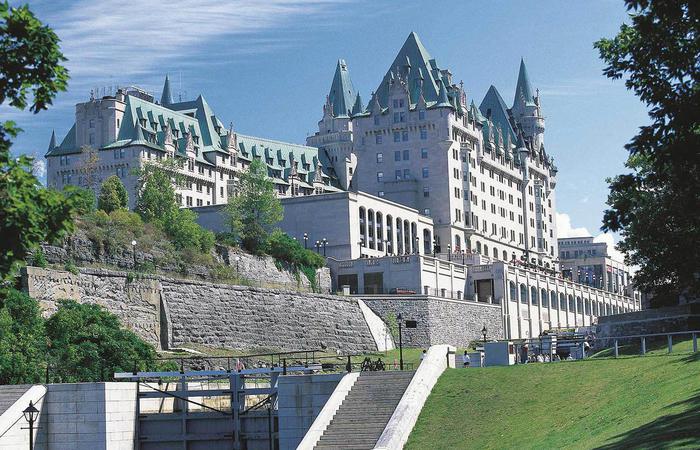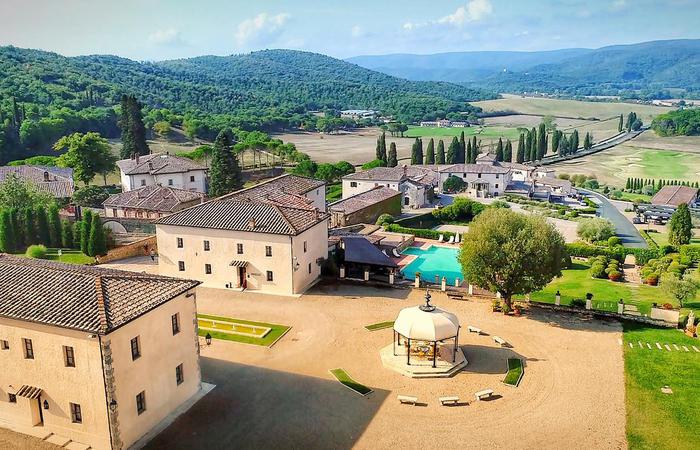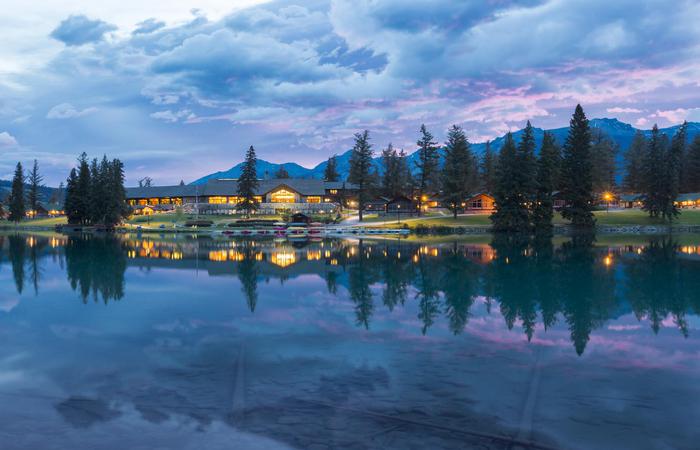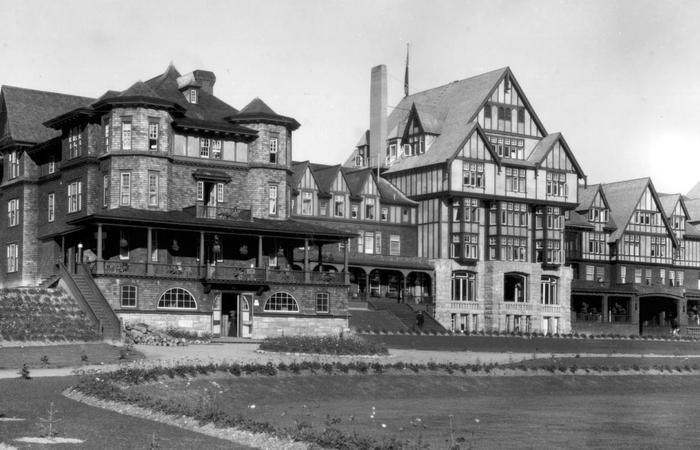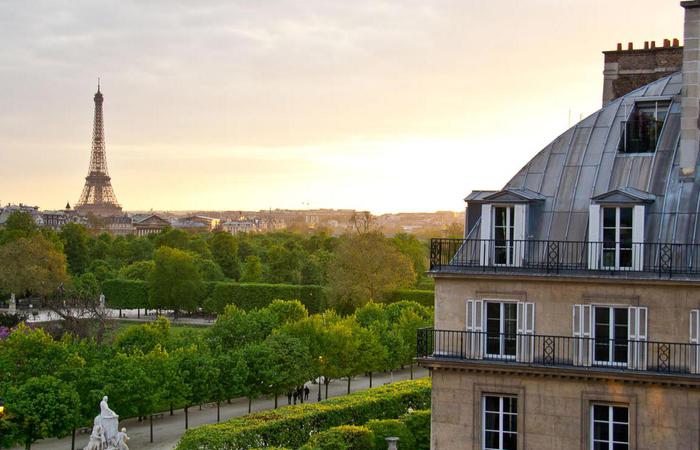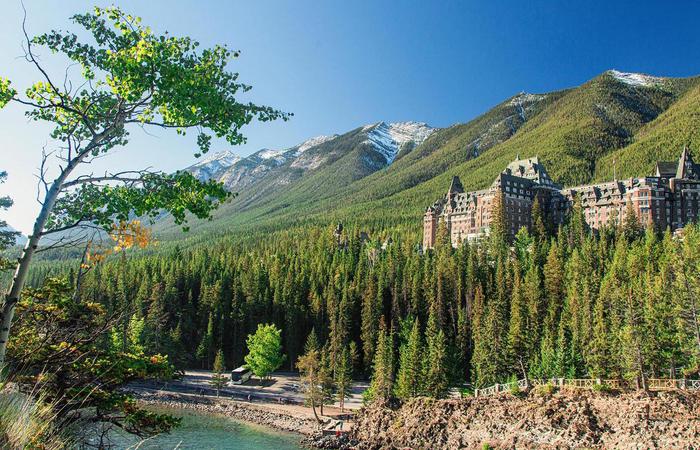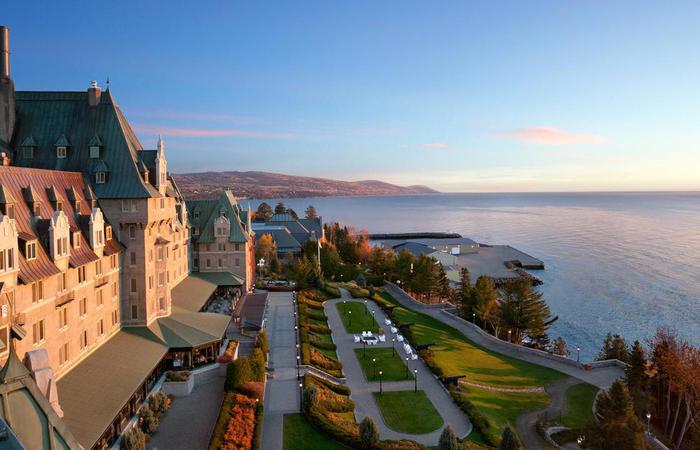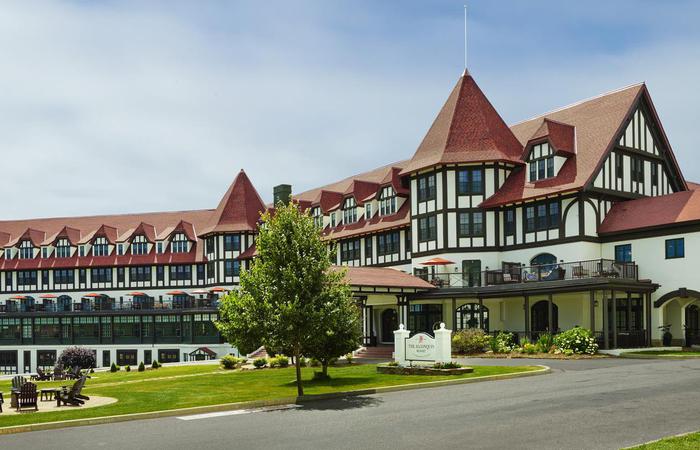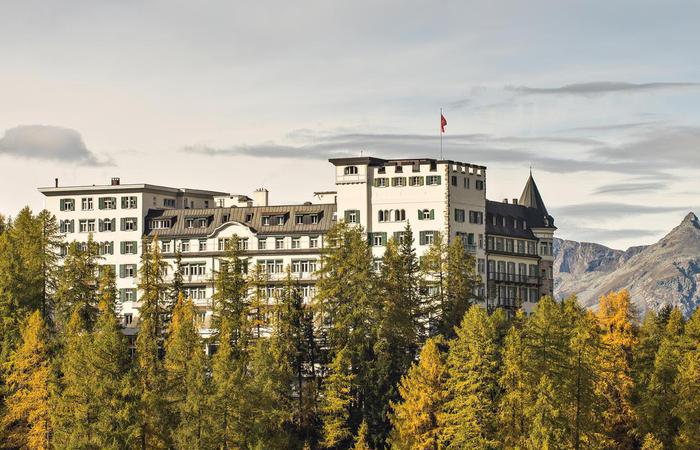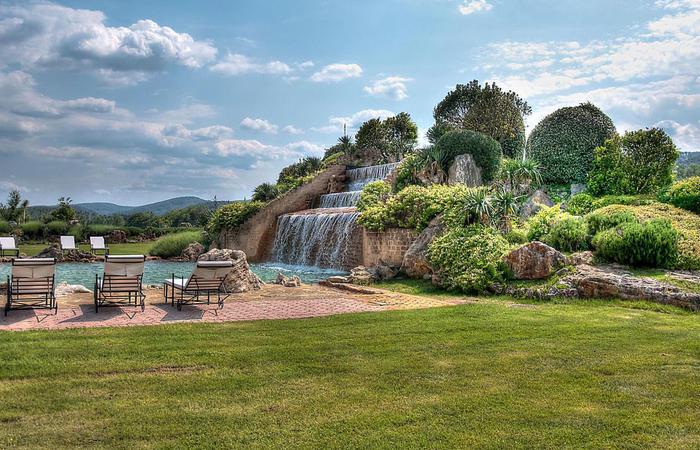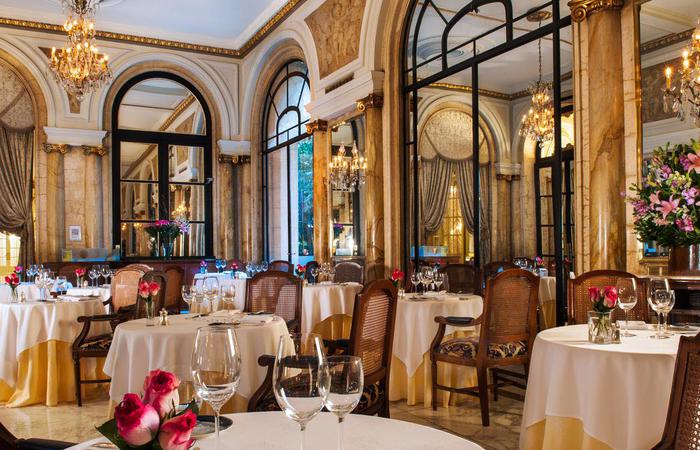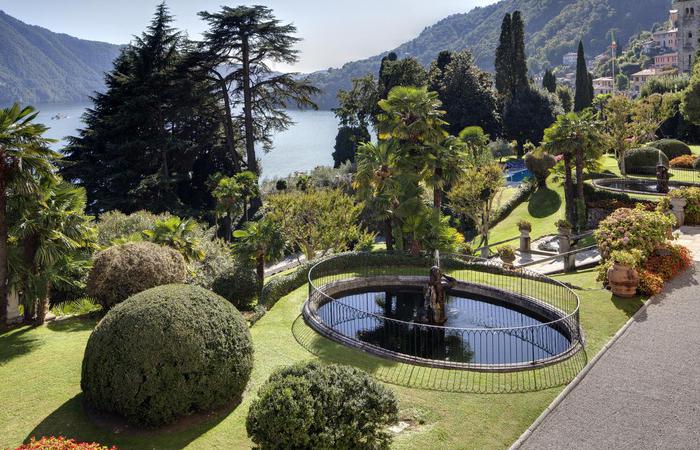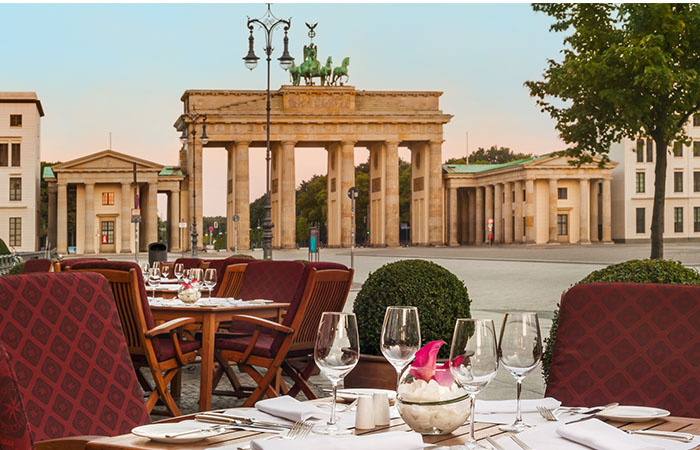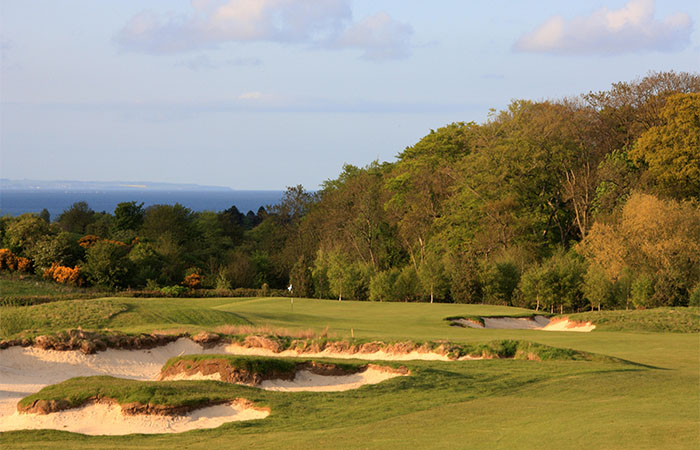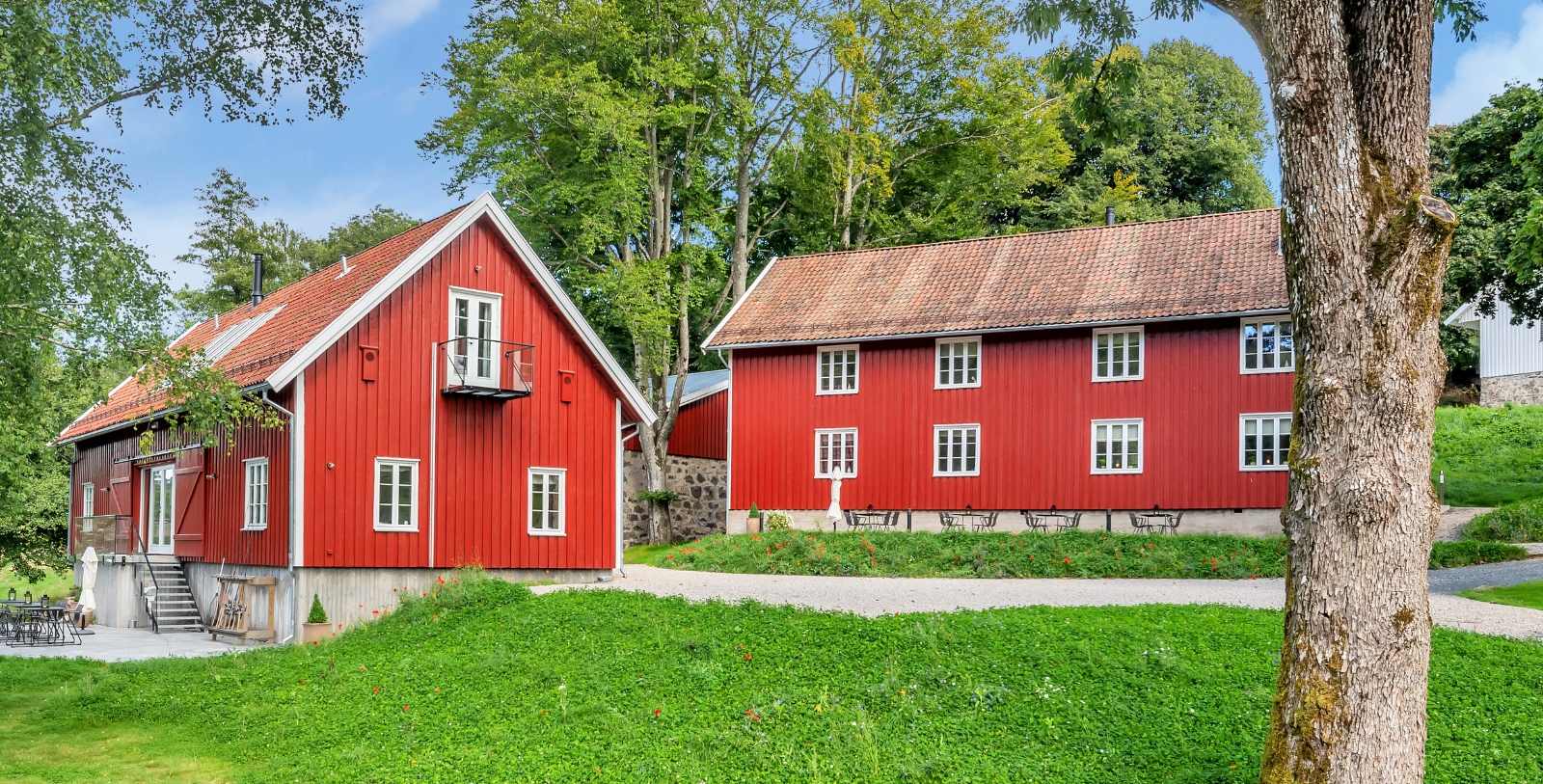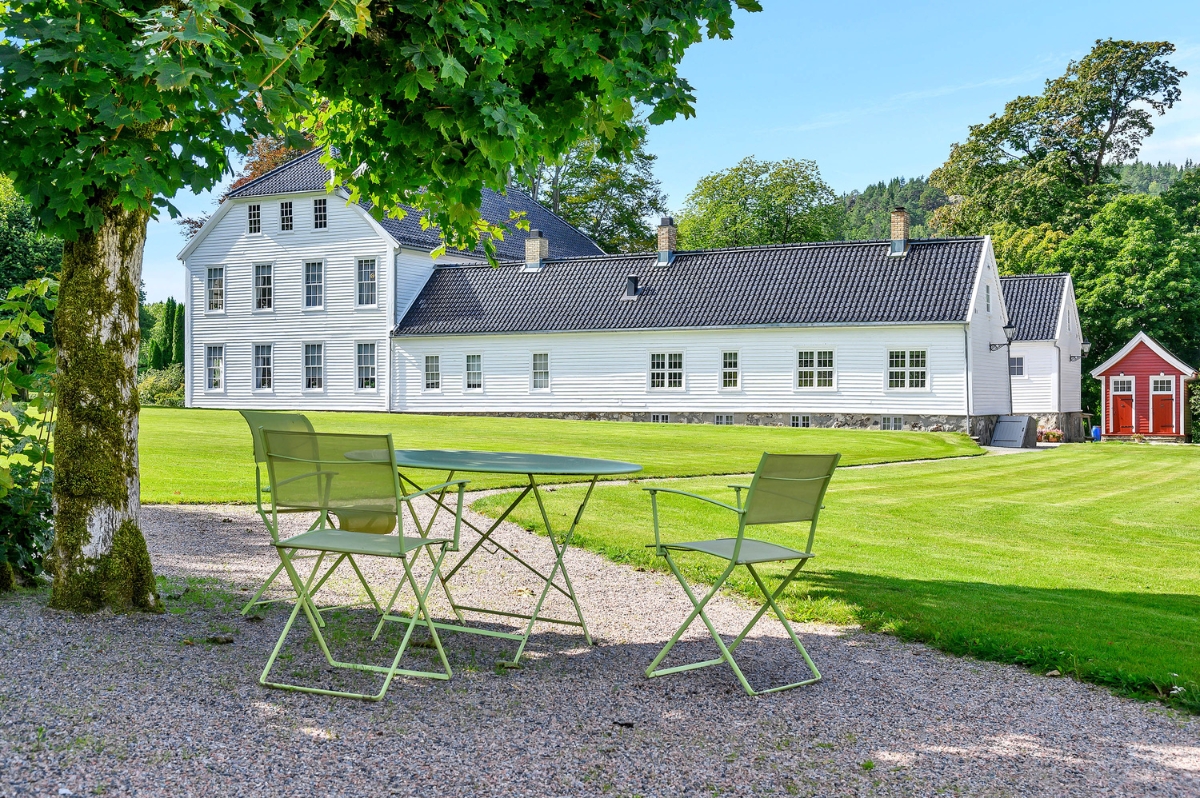Receive for Free - Discover & Explore eNewsletter monthly with advance notice of special offers, packages, and insider savings from 10% - 30% off Best Available Rates at selected hotels.
history
Discover Boen Gård, a gorgeous pastoral retreat that was once the site of a regal estate owned by King Christian II of Denmark and Norway during the 16th century.
A gorgeous pastoral retreat located in the middle of Southern Norway, the origins of the historic Boen Gård can be traced back to the 16th century. In fact, the land encompassing the destination was once a regal estate owned by King Christian II of Denmark and Norway, who adored its proximity to the neighboring Tovdal River. The Tovdal River itself had already emerged as a beloved natural landmark by this point in time, having long provided a bountiful source of wild salmon for generations. King Christian II thus began to use the spot regularly for fishing excursions that were meant to help him recuperate from the demands of governance. Then in 1702, a local jurist named Christian Braunmann acquired the area, finding its current powerful enough to fuel a rudimentary hydraulic sawmill. Upon receiving an official royal grant, Braunmann set about constructing his novel facility in the heart of King Christian's former estate. The sawmill in turn was an immediate economic success, which enabled Braunmann to steadily expand his operations to reach the size of a sprawling farm complex within a mere handful of months! After his death in 1729, the thriving homestead remained under the care of the Braunmann family until enterprising Irish merchant Edvard Smith purchased it some three decades later. But the estate had fallen into disrepair, prompting Smith to undertake an extensive renovation that sought to fully revitalize it. Thanks to his dedicated efforts, the farm quickly resumed its place as one of the region's most successful businesses.
Confident in his work, Smith left the estate to his daughter Margaretha Arctander and her husband, Just, in 1765. The act proved to be a wise decision, for both Margaretha and Just were able to sustain the facility's newfound prosperity for many years thereafter. The Arctander family decided to auction the estate upon Margaretha's own passing at the beginning of the 19th century, with wealthy businessman Daniel Isaachsen fielding the winning bid. In a strange twist of fate, Isaachsen went on to marry Hanne Susanne Nidaros in 1805, who happened to be a distant relative of both Margaretha and Just. To commemorate their marriage, Isaachsen began his own construction project that saw the estate enlarged exponentially over the next several years. Among the most impressive structure that Isaachsen created was a grand palatial mansion that displayed a brilliant synthesis of Georgian architecture and Norwegian vernacular motifs. However, around the time the ornate home made its debut, Isaachsen died unexpectedly, leaving the entire estate solely to Nidaros. Nidaros soon rewed though, specifically marrying respected Napoleonic War veteran Diderik Hegermann in 1816. Together, the two would live at the estate for the rest of their lives, which continued to be a part of their greater family well into the 20th century. The Hegermanns were incredibly generous with their tranquil farm, too, often hosting all kinds of visitors like the young composer Nikolay Rimsky-Korsakov and even King Oscar II of Sweden and Norway.
Unfortunately, the Hegermann family were eventually forced to close their beloved estate during the 1930s, due to the worsening financial climate of the Great Depression. Its future uncertain, shipbroker Johan G. Olsen managed to save the ailing estate upon his acquisition of the site amid World War II. Indeed, he committed toward diligently resurrecting the farm in the conflict's wake, spending a heavy sum to ensure that all the estate's buildings could return to their normal capabilities. Olsen and his own family then proceeded to run the farm for the remainder of the century before finally converting the entire site to serve as a boutique hotel known as "Boen Gård." The Olsen family continue to be the devoted stewards of the site, who strive to ensure that its history is well preserved. The best example of their success to date has been the preservation of the 19th-century manor home, which functions as the main building for the modern hotel complex. Furthermore, guests have come to adore the many natural wonders that surround the facility today, particularly the undisturbed waters of the Tovdal River that still flow majestically past the erstwhile estate. In fact, the river has become an incredibly popular spot for salmon fishing in the present, making Boen Gård a prominent destination for contemporary anglers. From its early days under royal ownership to its status as a boutique hotel, Boen Gård is truly an amazing place to explore Norway's cultural heritage and alpine landscape. Its story is one of resilience and preservation, offering visitors a glimpse into the past, while also providing a memorable, refreshing vacation experience.
-
About the Location +
Boen Gård resides in the quaint country hamlet of Boen, which is just a short drive away from the equally bucolic city of Kristiansand. Kristiansand itself is among the most historic communities in all Norway, with recent archeological evidence suggesting human habitation since at least the Neolithic period. Excavations done within the neighborhoods of Fidje and Hamresanden have uncovered the remnants of ancient dwellings that revealed the presence of widespread social activity. The most compelling find was that of a Stone Age-grave in Søgne, within which rested the well-preserved skeleton of a woman who lived during the mid-7th millennium B.C. The roots of contemporary Kristiansand can specifically trace back to the early Middle Ages when a small village emerged at the mouth of the Otra River around the 9th century A.D. Although a precise reason for its development remains elusive today, historical records seem to indicate that the community materialized to address a regional desire for religious services. The greatest symbol of this need was the creation of a massive burial ground in the heart of the settlement—one that scholars have alleged was one of the largest in all Norway. Further reinforcing the spiritual importance to early Kristiansand was the decision to construct the stone Oddernes Church upon the site, which remained in operation throughout most of the Middle Ages.
Commerce soon began to dominate Kristiansand's cultural landscape around the beginning of the 15th century, as evidenced by the emergence of a busy port along the coast of local "Flekkerøy" island. Driving this development had been the arrival of Dutch merchant vessels, whose owners had sought to find untapped markets that the powerful Hanesatic League had yet to monopolize. The Dutch had specifically encountered the nascent village near Flekkerøy as the perfect place to establish a trading outpost, particularly for the exchange of timber given the site's proximity of dense forests nearby. Over time, the commercial activity subsequently grew the neighboring village to reach the size of an actual city, with King Christian IV of Denmark and Norway eventually granting it a charter during the 17th century. (For reference, both Denmark and Norway were a part of a personal union referred to historically as the "Kingdom of Denmark—Norway.") Calling the settlement "Kristiansand," King Christian IV quickly set about facilitating the community's continued growth, offering prospective businesspeople residence in exchange for unique trading privileges. He sponsored a comprehensive renovation that transformed the settlement, ordering his architects to create a beautiful street grid based on Renaissance-era architectural principles.
King Christian's best contribution was his decision to strengthen the now strategically valuable city, making it one of the most heavily fortified places along the entire Skagerrak strait. Those defenses only continued to evolve, too, as epitomized by the debut of two mighty seaside castles—the Fredriksholm and Christiansholm. Although periodically beset by natural disasters, Kristiansand remained an incredibly prosperous location well into the 19th century. In fact, many new industries appeared in Kristiansand, such as shipbuilding, which spread across the city’s wharves around the onset of the Napoleonic Wars. Kristiansand thus continued to expand steadily, as novel construction projects gradually changed its landscape. Hospitals, schools, and government offices debuted across Kristiansand, designed to represent some of the most popular architectural styles in Victorian Europe. Factories and other industrial structures appeared, too, including an expansive nickel refinery in 1910. But while the city did suffer under German occupation during World War II, Kristiansand has nonetheless remained an incredibly vibrant city. It has emerged as an important cultural destination thanks to the many distinctive attractions it offers in the present. Indeed, cultural heritage travelers have especially enjoyed visiting landmarks like the historic Kristiansand Cathedral, the stunning Christiansholm fortress, and the bustling Kristiansand Port.
-
About the Architecture +
The entire Boen Gård complex highlights a terrific array of Norwegian vernacular architectural motifs. Norwegian vernacular building themes—referred to colloquially as "byggeskikk"—specifically drew inspiration from generational construction techniques that harkened back centuries. Until the onset of the 20th century, most structures throughout Norway were agricultural in nature. They typically resided deep in the wilderness and made use of whatever resources were available. Norwegian families thus developed hardy log cabins that were tightly latched together with corner notches to protect against the elements. Those houses featured rustic architectural designs inside, including open-hearth fireplaces and stone chimneys. However, a few communal structures spawned more eloquent designs, such as the iconic medieval "stave church." Stave churches were typically designed using a type of wooden timber framing known as "post and lintel" construction, in which widely spaced vertical posts supported horizontal ones. Steeply pitched roofs reinforced by several intricately laid beams further characterized the overall design of the stave churches. Prominent dormers and steeple towers occasionally crowned the structures, too, reminiscent of more conventional Romanesque-style churches elsewhere in Europe. Great portals even guided visitors into the interior, which instilled a sense of awe with a variety of rich ornamentation connected to Norse iconography and the local alpine landscape. Some of the symbols employed drew upon ancient motifs centered around dragons and serpents. (The greatest example of a surviving Norwegian stave church is the UNESCO-recognized Urnes Stave Church.)

